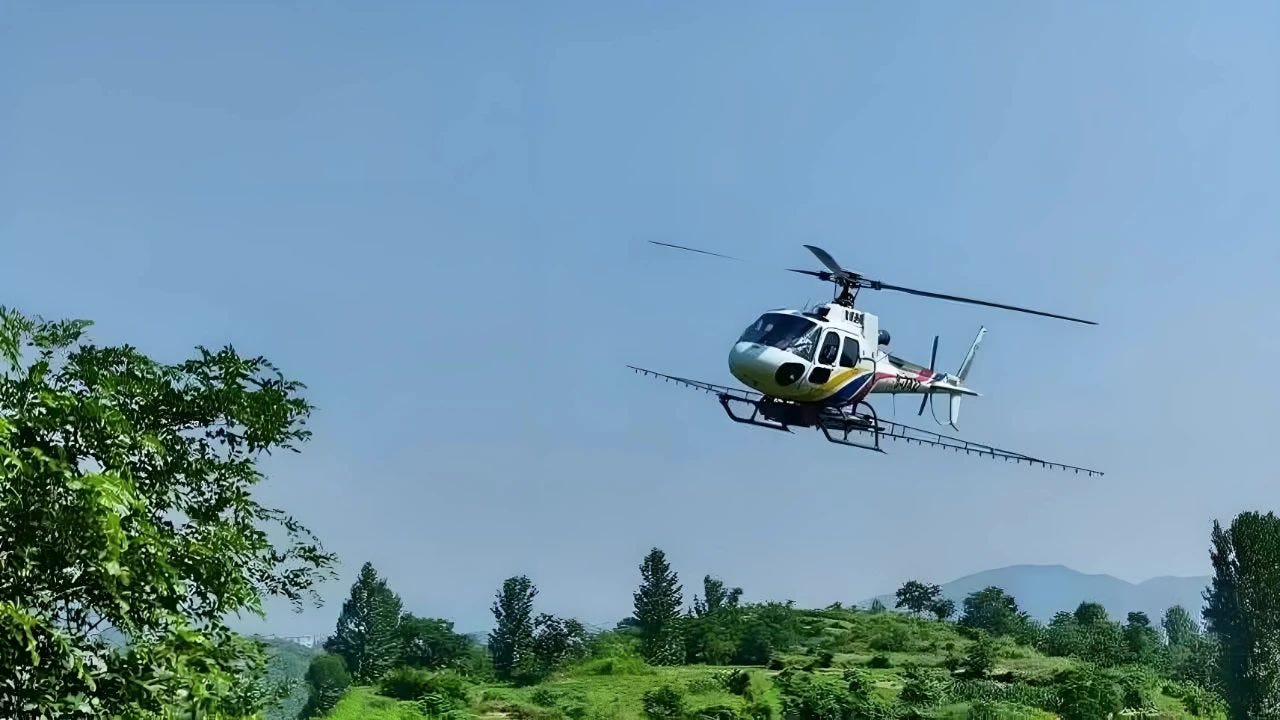Subsidy Watch: Huanggang City
Plans call for Huanggang’s low-altitude infrastructure to be largely completed by 2027.

Globally, the scalability of low-altitude mobility—particularly air taxi services—faces significant debate around affordability. Critics argue that eVTOL operations risk mirroring traditional business aviation models, accessible primarily to high-net-worth individuals due to high operational costs.
In contrast, China recognizes that public acceptance through affordability is critical for sustainable growth. Strategic public subsidies for flight operations, infrastructure development, and application scaling are therefore central to its low-altitude economy strategy.
Provincial and municipal initiatives across China exemplify this approach.
By prioritizing scalable infrastructure, localized manufacturing, and subsidized service trials across logistics, agriculture, tourism, and public services, government plans aim to catalyze economically viable and socially integrated low-altitude ecosystems.
In this way, affordability is not treated as an afterthought, but as a foundational pillar for industry maturation and public adoption.
This report takes a look at the Huanggang Implementation Plan for Accelerating Low-Altitude Economy High-Quality Development (2025–2027), released on June 30—a policy outlining how a mid-sized inland city aims to operationalize national ambitions via concrete targets, public-private pilots, and integrated infrastructure.
Let’s get into it.

